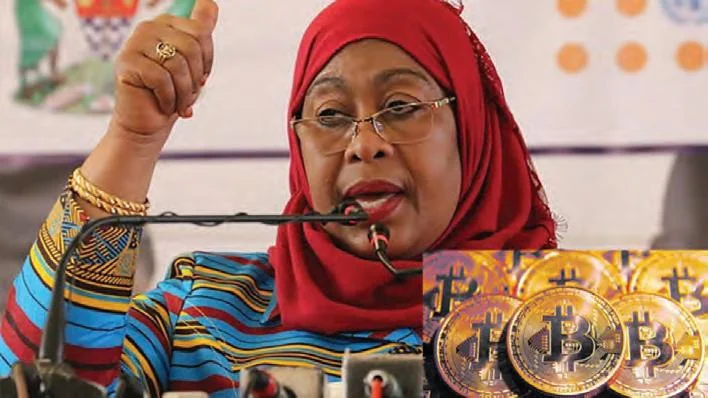N
DAW
Agriculture - Business - Commentary Development - Education - Governance History - Investment - Lifestyle/Culture Technology/Science
"For The Culture" page 12, 80, 92, 95
Awakening the African Giant Within July-August 2021

N
DAW
Agriculture - Business - Commentary Development - Education - Governance History - Investment - Lifestyle/Culture Technology/Science
"For The Culture" page 12, 80, 92, 95
Awakening the African Giant Within July-August 2021
Turn static files into dynamic content formats.
Create a flipbook











































